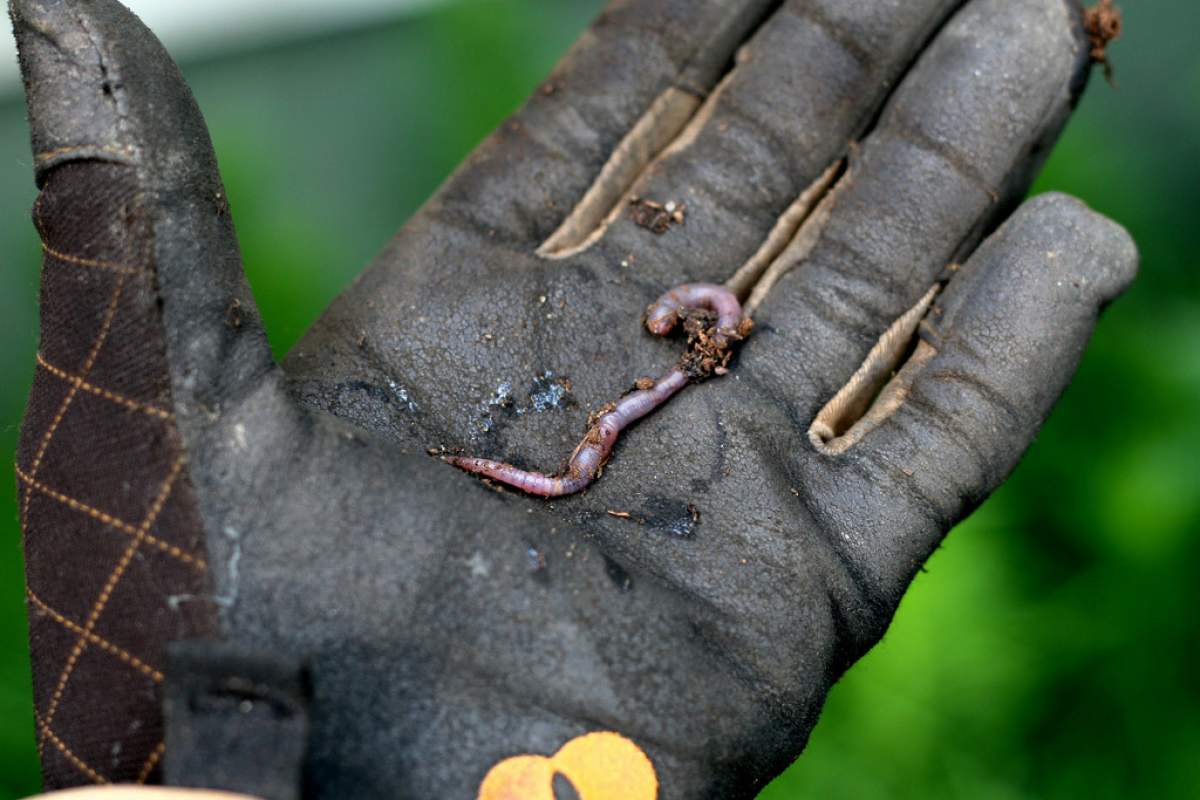
Some gardeners credit earthworms for their successful gardens. Earthworms are great at breaking down fallen leaves and compost into nutrients the plants can use. Unfortunately, a newer invasive species is moving into some Midwestern gardens.
Asian Jumping Worms (Amynthas), which got their names from the way they flop and wiggle when held or disturbed, were first reported as present in Wisconsin in 2013. They've lived in other regions in the United States, some Southern and Northeastern states, since 1939. Like regular earthworms, they recycle organic material back into the soil, but they do too good of a job.
Instead of living deep in the soil, jumping worms live near the surface. They also live much closer together, so more worms are found per acre of soil. Wisconsin researchers studying their impact on forest and prairie soils found that jumping worms could remove up to ninety‑five percent of the leaf litter on the forest floor. That's roughly twice as fast as earthworms.
The trouble is, the worms eat too much of the leaf litter too quickly, and leave behind grainy balls of recycled material that are like pebbles. The soil becomes bare and clumpy.
Because the balls release nutrients from the dead leaves at a much faster rate, they may wash away before they can be used by plants. It also hurts plants that need the leaf litter for protection until they get established.
Sources and Further Reading:
Jiangxiao Qiu, Monica G. Turner. Effects of non‑native Asian earthworm invasion on temperate forest and prairie soils in the Midwestern US. Biological Invasions, 2016; DOI: 10.1007/s10530‑016‑1264‑5
"Wisconsin Department of Natural Resources." Jumping worm - Wisconsin DNR. March 31, 2015. Accessed January 04, 2017.









